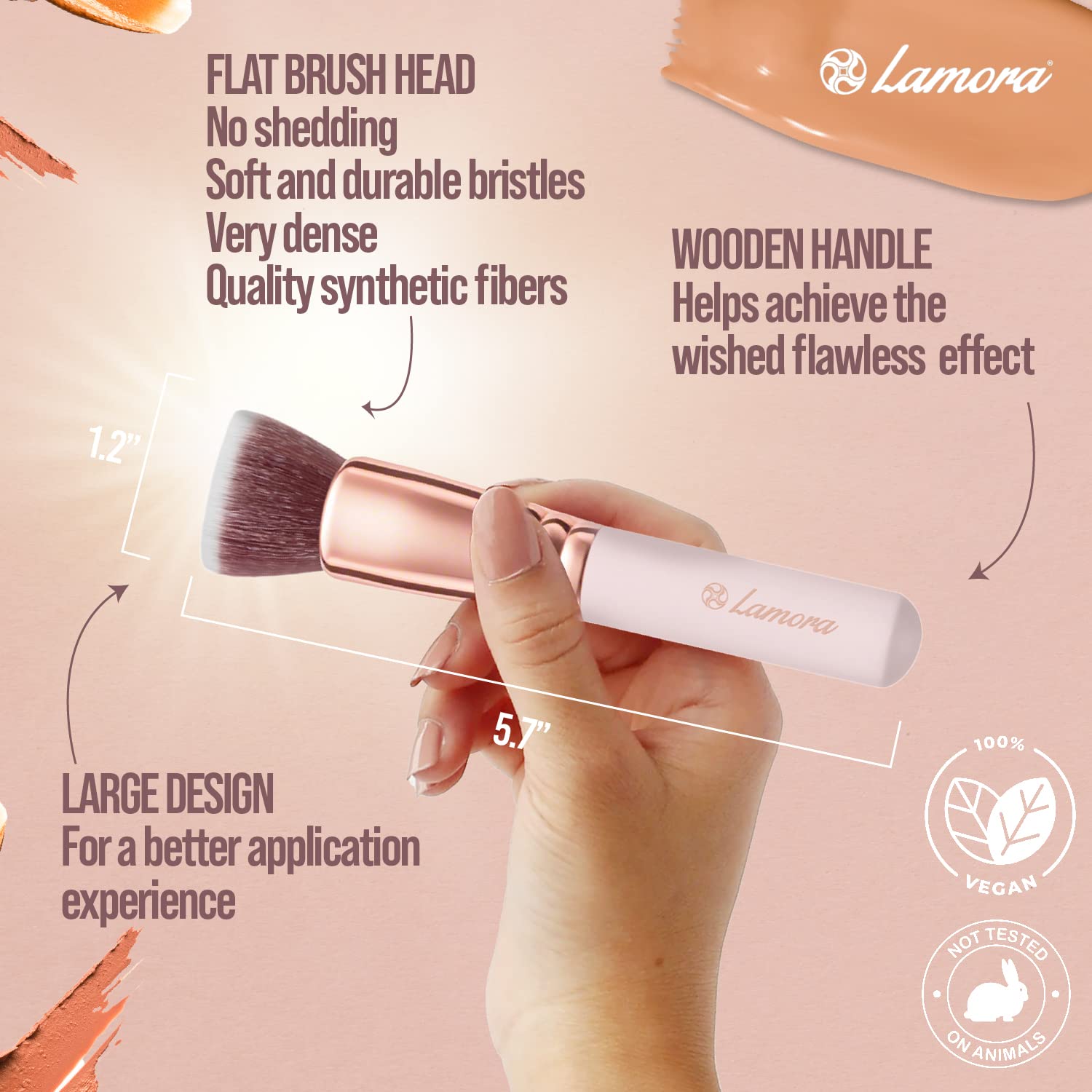
 By
Your Beauty Plug
By
Your Beauty Plug
If you are a makeup enthusiast, you probably know the importance of using a primer before applying your foundation. A primer is a product that helps to create a smooth and even base for your makeup, as well as to make it last longer and look flawless. But did you know that there are different types of primers, and that they are not all compatible with each other? In this blog post, we will explain the difference between water-based and silicone-based primers, and how to choose the best one for your skin type and foundation.
Water-based primers are primers that have water or glycerin as one of the main ingredients. They are usually lightweight, hydrating, and gentle on the skin. They are ideal for dry, sensitive, or acne-prone skin, as they do not clog the pores or cause irritation. Water-based primers also tend to last longer than silicone-based primers, as they do not slide off or separate throughout the day.
Some examples of water-based primers are:
Silicone-based primers are primers that have silicone derivatives, such as cyclopentasiloxane or dimethicone, as one of the main ingredients. They are usually thicker, creamier, and more slippery than water-based primers. They are ideal for oily, mature, or textured skin, as they help to lock in moisture, smooth out wrinkles and scars, and create a blurred and airbrushed effect on the skin. Silicone-based primers also help to prevent oil from breaking through your makeup, and to minimize the transfer of your foundation.
Some examples of silicone-based primers are:
The most important thing to consider when choosing a primer is to match it with your foundation. This means that you should use a water-based primer with a water-based foundation, and a silicone-based primer with a silicone-based foundation. If you mix and match different types of primers and foundations, you may end up with a cakey, patchy, or separated makeup look, as the products will not blend well together or adhere to your skin properly.
To find out if your foundation is water-based or silicone-based, you can check the ingredients list on the packaging or online. If water or glycerin is one of the first three ingredients, then it is likely a water-based foundation. If cyclopentasiloxane or dimethicone is one of the first three ingredients, then it is likely a silicone-based foundation. You can also do a simple test by putting a drop of your foundation on a piece of paper and waiting for it to dry. If it leaves a stain, then it is water-based. If it peels off, then it is silicone-based.
Another thing to consider when choosing a primer is your skin type and concerns. If you have dry, sensitive, or acne-prone skin, you may prefer a water-based primer, as it will hydrate and soothe your skin, and prevent clogged pores and breakouts. If you have oily, mature, or textured skin, you may prefer a silicone-based primer, as it will lock in moisture, smooth out wrinkles and scars, and create a blurred and airbrushed effect on your skin.
A: Yes, you can use a primer without foundation, if you want to achieve a natural and minimal makeup look. A primer can help to improve the appearance and texture of your skin, and to control shine and oiliness. However, a primer will not provide any coverage or color correction, so you may still want to use a concealer, a tinted moisturizer, or a BB cream, if you have any blemishes or discoloration that you want to hide.
A: The best way to apply a primer is to use your fingers, as they will help to warm up the product and blend it into your skin. You can also use a makeup sponge or a brush, if you prefer. You should apply a small amount of primer (about a pea-sized amount) on your face, and focus on the areas where you have the most pores, fine lines, or oiliness, such as your nose, forehead, and chin. You should wait for a few minutes before applying your foundation, to let the primer set and create a smooth and even base for your makeup.
A: You can use a primer as often as you want, depending on your makeup routine and preferences. Some people use a primer every day, to make their makeup last longer and look more flawless. Some people use a primer only on special occasions, to make their makeup look more photo-ready and glamorous. Some people use a primer only when they need to address a specific skin concern, such as dryness, oiliness, or pores. There is no right or wrong answer, as long as you choose a primer that suits your skin type and foundation.
Water-based and silicone-based primers are two different types of primers that have different benefits and drawbacks for your skin and makeup. The key to choosing the right primer is to match it with your foundation, and to consider your skin type and concerns. A water-based primer is best for dry, sensitive, or acne-prone skin, and a water-based foundation. A silicone-based primer is best for oily, mature, or textured skin, and a silicone-based foundation. A primer can help to improve the appearance and texture of your skin, and to make your makeup last longer and look more flawless. However, you do not need to use a primer every day, unless you want to achieve a specific makeup look or address a specific skin issue. We hope this blog post has helped you to understand the difference between water-based and silicone-based primers, and how to choose the best one for you. Happy priming!
Never miss an important update. Be the first to receive our exclusive beauty tips straight into your inbox.